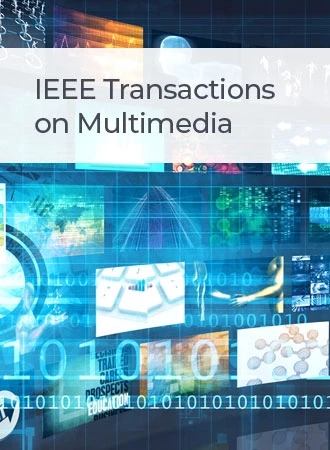Graph-Based Spatio-Temporal Semantic Reasoning Model for Anti-Occlusion Infrared Aerial Target Recognition
IF 8.4
1区 计算机科学
Q1 COMPUTER SCIENCE, INFORMATION SYSTEMS
引用次数: 0
Abstract
Infrared target recognition and anti-interference in complex battlefields is one of the key technologies enabling the precise strike capability of aircraft. Currently, infrared-guided aircraft face complex interference such as natural backgrounds and artificial decoys, leading to a decrease in the performance of infrared target recognition. A particular challenge to infrared target recognition and anti-interference capabilities is the strong interference situation caused by the combination of target maneuvering and the dense, continuous, and coordinated deployment of infrared decoys. To address extreme issues such as complete loss of target feature information and inability to identify due to target occlusion, we develop an anti-interference recognition method based on a visually inspired Spatio-Temporal Semantic Reasoning Model (STSRM). Firstly, inspired by the functional characteristics of visual semantic reasoning, the STSRM is proposed to simplify the reasoning of relationships among multiple regions into modeling relationships between corresponding region node features in a graph-based module. Secondly, an anti-occlusion target recognition model based on STSRM is constructed, which introduces a reasoning graph module connecting node regions to infer semantic information and predict targets between regions. The test results on the infrared dataset established in this paper indicate that the proposed anti-interference recognition model can make accurate target predictions in large-scale or full-occlusion conditions, and we achieve 13.9% and 3.1% improvement on mAP scores and mIoU scores, compared to current advanced method on our simulated infrared dataset.基于图的时空语义推理模型用于反遮挡红外航空目标识别
复杂战场上的红外目标识别与抗干扰是实现飞机精确打击能力的关键技术之一。目前,红外制导飞机面临着自然背景和人工诱饵等复杂干扰,导致红外目标识别性能下降。红外目标识别和抗干扰能力面临的一个特殊挑战是目标机动和密集、持续、协调部署的红外诱饵共同造成的强干扰情况。为了解决目标特征信息完全丢失、目标遮挡导致无法识别等极端问题,我们开发了一种基于视觉启发的时空语义推理模型(STSRM)的抗干扰识别方法。首先,受视觉语义推理功能特性的启发,提出了时空语义推理模型,将多个区域之间的关系推理简化为基于图的模块中对应区域节点特征之间的关系建模。其次,构建了基于 STSRM 的反遮挡目标识别模型,引入连接节点区域的推理图模块,推断区域间的语义信息并预测目标。在本文建立的红外数据集上的测试结果表明,所提出的抗干扰识别模型能在大规模或全遮挡条件下准确预测目标,在模拟红外数据集上的 mAP 分数和 mIoU 分数分别比目前的先进方法提高了 13.9% 和 3.1%。
本文章由计算机程序翻译,如有差异,请以英文原文为准。
求助全文
约1分钟内获得全文
求助全文
来源期刊

IEEE Transactions on Multimedia
工程技术-电信学
CiteScore
11.70
自引率
11.00%
发文量
576
审稿时长
5.5 months
期刊介绍:
The IEEE Transactions on Multimedia delves into diverse aspects of multimedia technology and applications, covering circuits, networking, signal processing, systems, software, and systems integration. The scope aligns with the Fields of Interest of the sponsors, ensuring a comprehensive exploration of research in multimedia.
 求助内容:
求助内容: 应助结果提醒方式:
应助结果提醒方式:


